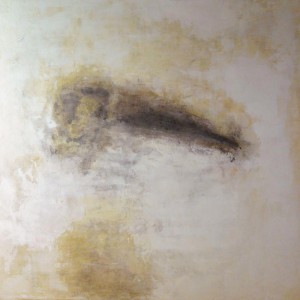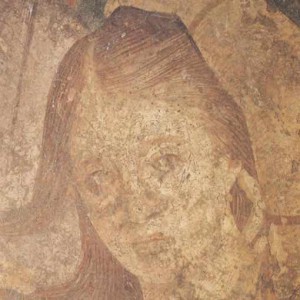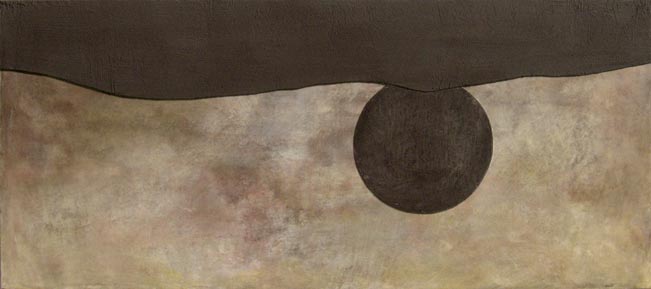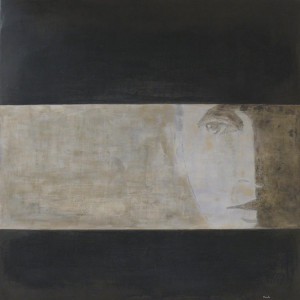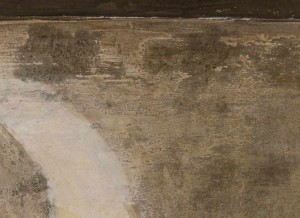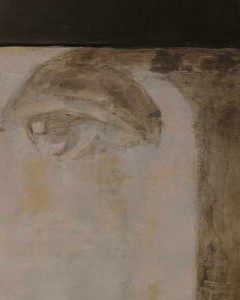A Short Guide to the Fresco Painting Technique
1/ Painting ‘ A Fresco ‘
–
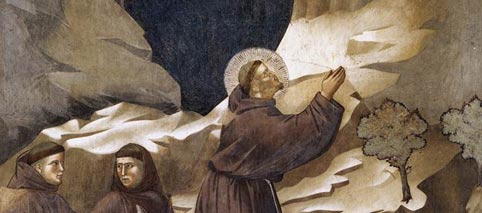
Having talks with the Invisible!
–It is maybe one of the most significant characteristics of all those Painting Techniques: Charcoal paleolithic paintings in caves, or Fresco Paintings as well!
Cave Paintings, “A Fresco” Paintings, Murals, Ancient or Modern abstract Paintings on walls or Boards : Regardless of the technique, a Fresco Artwork always brings its own particular emotion then!
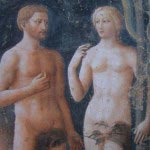

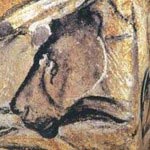
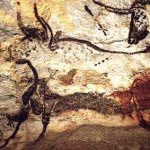
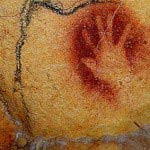
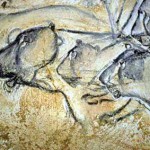


The Rythm
–Painting a fresco is nothing if not a set of constraints yet! The lime coating should be neither too fresh, nor too dry, pigments and colored earth must not fade out in the alkaline environment, … as well as other numerous constraints! But by far, the most important one, is the clock!
The painting time is short. A few hours at the most, to stay “A Fresco”.
–
Of course it could be easy to extend the Fresco Painting Time. A time graft! Made of resins, acids or alkalis, and without the need of any scalpel. We know how to do it. But keeping the magic that arises out of the feeling of urgency, is much more difficult indeed.
And this is certainly the most important!
This very precious connection that we establish sometimes with what flies around at the fringe of ourselves!
If we are lucky then, something will remain after this short exchange: the picture of an instant, which has migrated into the painting. Almost without our knowing. Like those rituals that have been reported and drawn so long ago with pieces of charcoal, or engraved for the thirty thousand years to come, on the walls of a cave, in the heart of a rock.
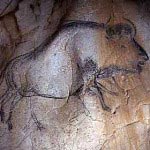
2/ The Traditional ‘ Buon Fresco ‘ Technique (Rome, Pompei )
–
Buon Fresco is the Italian name for the Traditional Roman Fresco Painting Technique. But Fresco Painting, Buon Fresco, Affresco, Carbonatation? How does all of this work? And also, how do Fresco Painters work ?
– –The basic principles of Fresco never changed since Antiquity!
For a Fresco Painter the Practice must always have looked like…
Gathering some chalky rocks, grinding them and calcining them in an owen, to produce some quicklime.
Pouring water upon, mixing it with sand, (and) or marble powder and applying this mortar on a wall.
The countdown starts there! Barely a few hours to bring an image to life.
A few hours after which the mortar cannot be painted ‘a fresco’ anymore.
A few hours to let the magic happen.
→ The day after, some dewdrops appear on the painted surface. This is the sign of a good carbonatation.
And some weeks later, the initial chalky rocks will be chemically reconstructed as stones.
But an image will be trapped inside!
This is Fresco !
3/ Back to the 21st Century
–
To me, a Mineral Fresco always brings a particular emotional touch. Whether it be a Masterpiece or a poor image painted by a forgotten anonymous artist on the walls of an abandoned chapel !
This is the main reason why I always carried on with the very demanding technique of Fresco.
I am sometimes asked for fresco Wall Paintings but I mostly use to paint on boards.
Concerning those Mineral Paintings, the Fresco technique is just the same however.
At the end of an (al)chemical process called Carbonatation, Calcium Hydroxide changes into Calcium Carbonate.
–
The lime reacts to the carbon dioxide in the air, and reverts to what it was, before human interference : simple chalky rock !
But, meanwhile, it traps, in its crystals pigments, pictures, and instants,
as a token of human activity.
–
And who knows, maybe a few significant components of the human soul ?!
–
–
Added Fresco Artwork Photos are from :
- la Route des Fresques (Giotto – St Francis – Assisi / Masolino and Masaccio – Brancacci Chapel in Florence) / Wikipedia (Lascaux and Chauvet Cave)
- Grotte Chauvet (Official Site)
–
